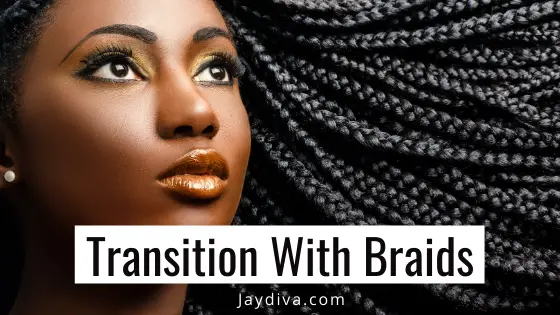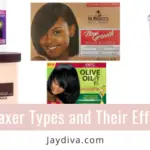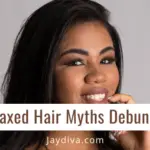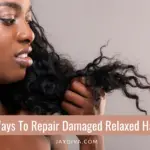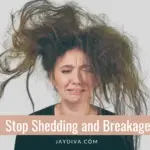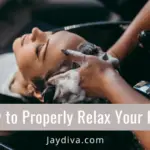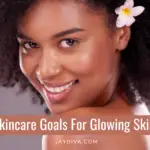Braiding your hair is a great way to grow your transitioning hair. It is a low manipulation style that allows you to keep your hands off your hair. A major reason people dread the transitioning route is the difficulty involved in handling the two different hair textures as your natural hair grows and wash days begin to feel like a major chore. However, braiding transitioning hair has its pros and cons. while it is a wonderful protective style, it can also cause some damage to your hair, ranging from a simply inflamed scalp to severe traction alopecia. In this post, we will go in detail on how to grow your transitioning hair with braids the right way so you don’t incur these negative results.
If you are just getting into transitioning to natural hair and you are really overwhelmed with all the info out there, you can check out this simple guide to transitioning to natural hair without the big chop and the hair products that can help you along the transitioning journey
Pin for Later!
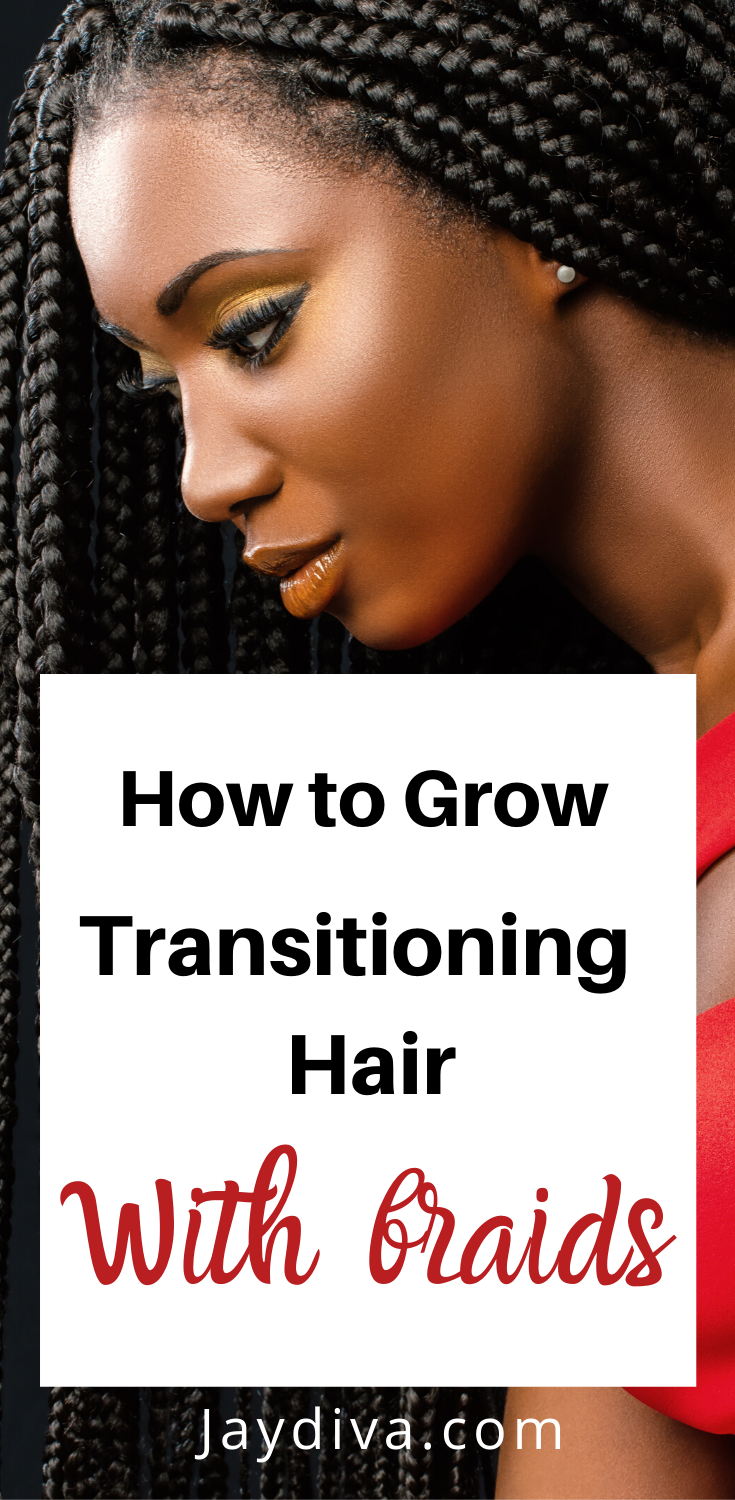
Table of Contents
Do Braids Make your hair Grow Faster?
There is a common misconception about braids and hair growth and this is that braiding your hair makes it grow longer. Braids in their own right have no effect on your hair growth rate, however, braids, when used as a protective style in your hair regimen, can prevent hair breakage that can arise from over manipulating your hair and from frictional damage that can arise when your hair rubs against your clothing.
The hair growth rate is largely determined by genetics, however, other factors contribute to how fast or slow your hair grows such as your age, diet, stress, hormonal levels, health status, and how well you care for your hair.
Best Braids for Hair Growth
There are different types of braids you can make that could help you retain the hair you grow.
You could make braids with your own hair or with braid extensions. The various kinds of braids I will be mentioning below could be made with either your own hair or by adding extensions.
Cornrows
These braids are simple and are typically braided to your scalp.
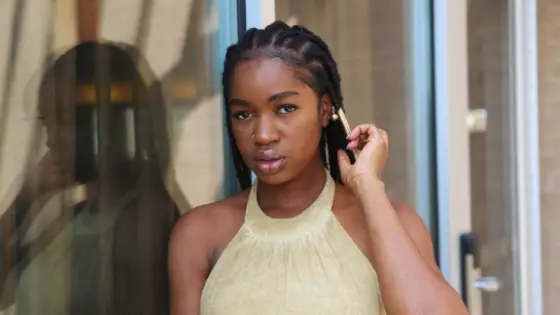
Box Braids
These are individual braids and they are mostly done with braid extensions. Box braids are one of the commonest protective styles for women of color and can be styled in various ways.
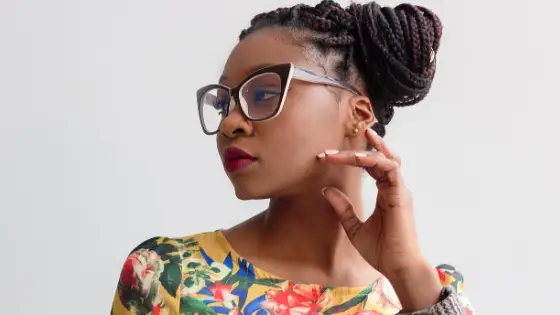
Crotchet Braids
Crochets braids have been trending in the past couple of years and for good reason too! They are easy to install and takedown. They are done by putting your hair first in cornrows, then by attaching pre braided extensions using a crochet needle.
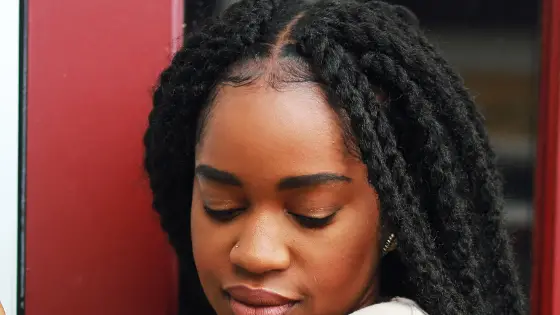
How Do You Make Your Hair Grow With Braids?
To grow your hair with braids you need to draw out a simple braid regimen that aligns with your lifestyle and schedule and then, stick to it. A hair regimen is simply a list of things you do on a regular basis to care for and keep your hair in a healthy state.
A braid regimen should cater to four parts of the braid journey
- Prepping your hair for braids
- Braiding your hair correctly
- Caring for your hair while in braids
- Caring for your hair after braid takedown
#1 Prepping Your Hair For Braids
The braiding process can be stressing to your hair strands so adequately prepping and fortifying your hair would go a long way in preventing and minimizing any damage that may occur. So before you put your hair in braids ensure you deep condition with a protein deep conditioner.
A protein treatment strengthens your hair shaft by filling in the cracks in your hair
#2 Braiding Your Hair Correctly
While braids can help you keep your hands off our hair and encourage length retention, braiding your hair incorrectly can cause more damage to your hair than intended
Also, ensure your braids are medium-sized, meaning they are not too small and not too big and they should not be too tight either. Big braids, micro braids, and tight braids over time exert too much traction on the scalp and these could result in severe headaches, itching, bumps on the scalp and hairline, and in severe cases traction alopecia.
Traction alopecia is hair loss due to constant pulling at the scalp. It is characterized by a receding hairline. In the initial phases, but in advanced cases the damage becomes irreversible.
#3 Caring For Your Hair While In Braids
when you have put your hair in braids you need to care for it whilst it’s in braids. Neglecting your hair till you take down your braids could lead to dryness and excessive shedding.
Moisturize your braids with a water-based braid spray or a mix of your favorite moisturizer mixed with aloe vera juice and water.
Oil your scalp with stimulating oils while your hair is in braids. I think braids are the perfect hairstyles that give you access to your scalp, so ensure you maximize this by oiling your scalp 2-3 times every week and following up with a scalp massage.
Protect your braids at night by covering it with a bonnet.
Cleanse your scalp every 2 weeks with a mild sulfate-free shampoo, this unclogs your pores and gets rid of dirt and grime that could affect the health of your scalp. Remember a healthy scalp encourages healthy hair growth.
A very important point to note is to not leave your braids in for more than 4-6 months
#4 Caring For Your Hair Afer Braids
After you take down your braids, you would notice a lot of shed hairs. These are hairs that were shed but got stuck in your braids. We shed about 100 strands of hair every day, so don’t get alarmed when you see this.
Detangle your and put them in sections then proceed to cleanse your hair
After braids takedown, you use a clarifying shampoo rather than a sulfate-free shampoo. Clarifying your hair will strip the hair of the product build-up, dirt, and grime that must have accumulated over the period.
Follow up with a blend of protein and moisturizing deep conditioner
Give your scalp time to 1-2 weeks to rest before putting your hair back in braids.
How do You Know If Your Hair Is Growing With Braids?
There are a few ways you can tell if your hair is growing in braids
When you notice your braids are becoming loose at the roots, this could be a sign of hair growth, however, some other factors can make your braids become loose at the roots. Factors like applying too much oil to the roots of your hair during the braiding process can make the braids slip over time. Scalp massages can also make your braids to loosen at the roots over time.
Pin for Later!
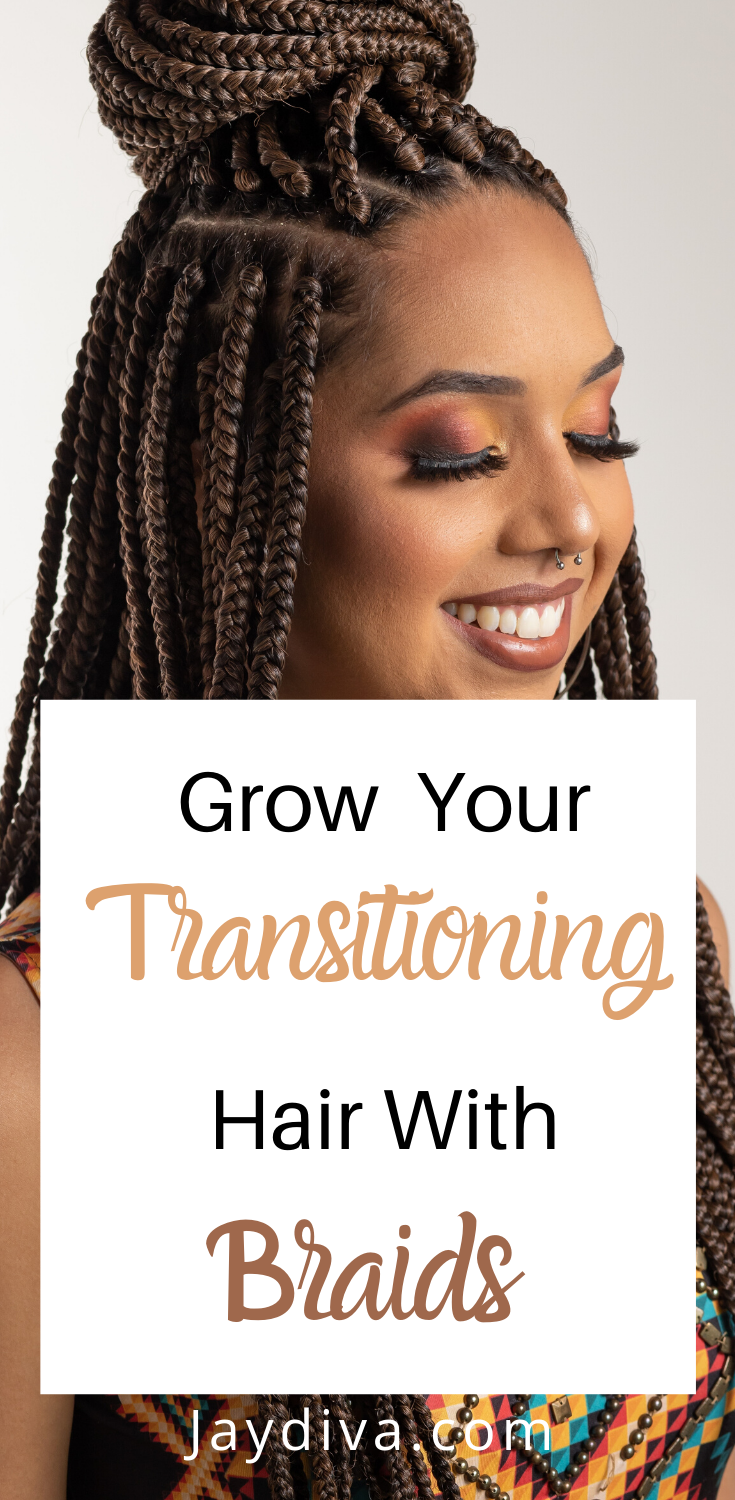
Bottom Line
Transitioning hair can be tedious to handle as your hair grows longer, but incorporating braids into your transitioning hair journey can largely make handling your hair, less cumbersome. Include the above steps when braiding your hair so you can minimize breakage and retain the length you so desire.
Do you plan to grow your hair transitioning hair with braids?

